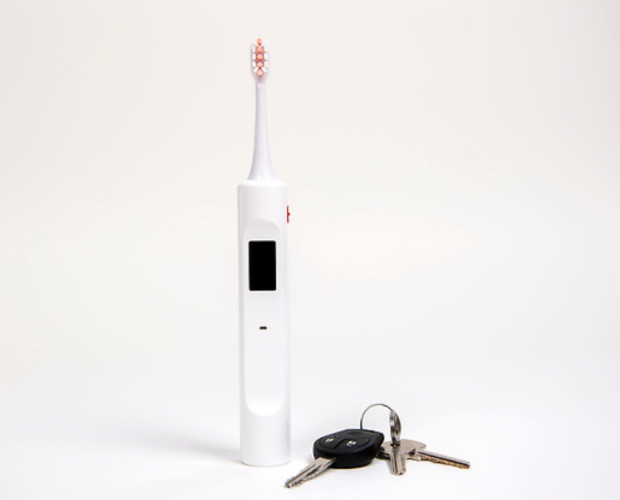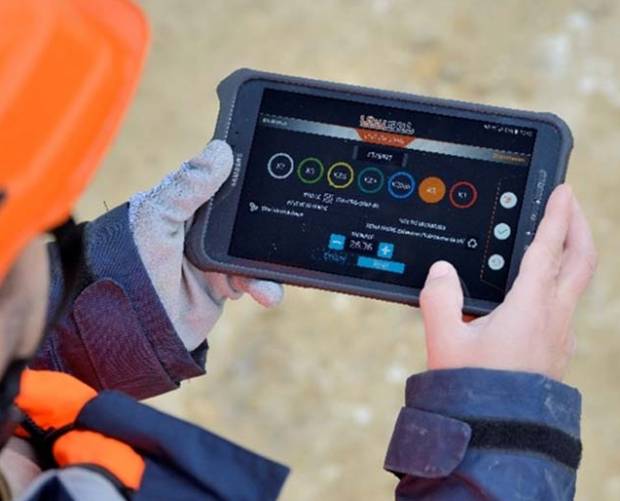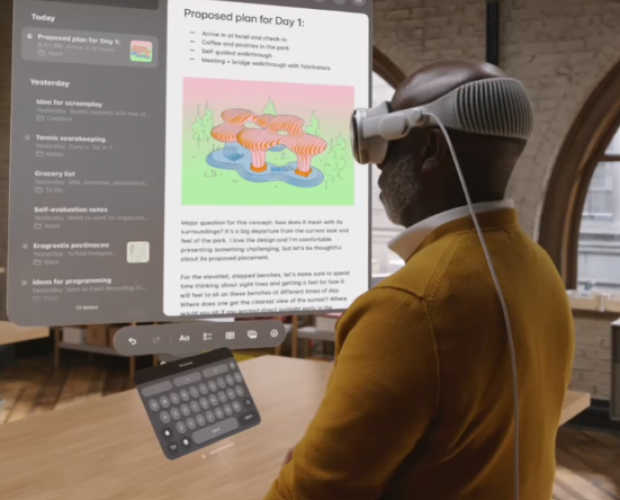Innovation Lab: Wooden Stadiums, Fake Fingers and Noisy New York
- Monday, November 14th, 2016
- Share this article:
At Mobile Marketing were proud to help tech companies showcase their cutting-edge solutions, whether its on our website, in our magazine or at our Mobile Marketing Summits. Giving a platform to companies that are breaking new ground in their market brings audiences one step closer to the ideas and developments that will shape tomorrow.
In that spirit, our Innovation Lab feature takes a step beyond the world of apps, ads and handsets with slightly bigger screens, in order to share some of the tech worlds innovative ideas. They might be interesting, disruptive or just outright strange, but these are the stories that have caught our eye over the past week.
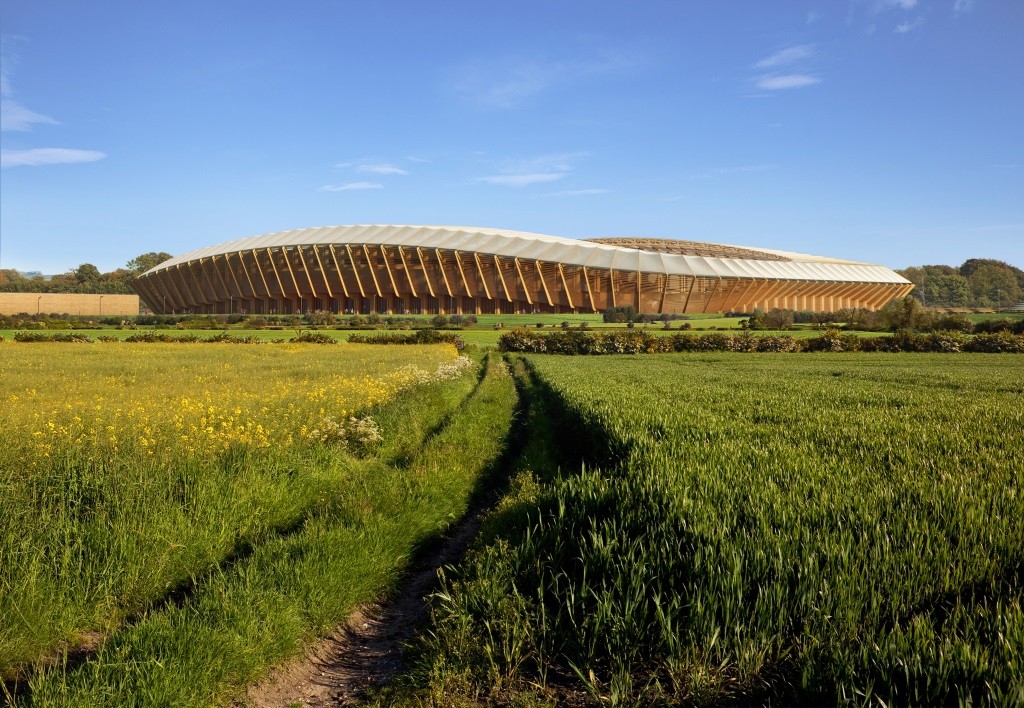
Non-league Football Club Reveals Revolutionary Wooden Stadium
Forest Green Rovers are living up to their name, having revealed plans for a new 5,000-seat stadium constructed almost entirely from wood that places a heavy focus on environmentally sustainability.
The unveiling of the plans follows a competition that saw over 50 architects from around the world submit designs, with the winning plan coming from Zaha Hadid Architects, the firm behind the London Aquatics Centre and the stadium for the 2022 World Cup in Qatar.
“Weve done as much as we can to make our current stadium properly sustainable, but we are limited with what we can do – it simply wasnt built with the environment in mind,” said Dale Vince, chairman of Forest Green Rovers and founder of Ecotricity. “At Eco Park, weve started with a blank sheet of paper, and well be going further than anyone has done before – this really will be the greenest football stadium in the world.”
The stadium will form the centrepiece of the £100m Eco Park development near Stroud, which will also incorporate other sports facilities and green technology businesses. Green energy firm Ecotricity, who sponsor Forest Green Rovers and are funding the project, are Strouds largest employer, with 700 staff across four sites.
Fingerprint Stickers Let You Unlock Phone While Wearing Gloves
With winter creeping up on us, many people will once again be faced with the problem of operating their touchscreen mobile phone while wearing gloves. While capacitive materials that work on touchscreens have been around almost as long as smartphones, the new generation of secure apps that require a fingerprint to operate creates a new issue.
Thats where Nanotips Taps stickers come in. The company has created a set of stickers that not only enable users to transform any glove into a touchscreen-friendly piece of clothing, but also allow you to unlock your device and access any apps secured using Touch ID or similar protections.
The stickers each have a unique textured print created using nanoparticle technology that makes them as individual as a fingerprint, so once youve fixed the sticker on your gloves, you simply have to register the new print as an approved user and youre free to keep your mittens on all winter.
The stickers do introduce the risk that someone will steal both your phone and your gloves, and therefore be able to operate your smartphone with impunity, so youll have to weigh up whether the added convenience and warmth is worth the risk. Taps is currently seeking funding on Kickstarter, and has guaranteed backers will receive the product before Christmas.
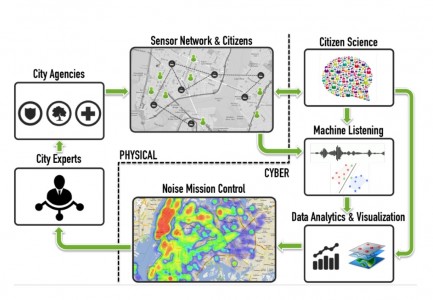 Project Wires New York for Sound to Fight Noise Pollution
Project Wires New York for Sound to Fight Noise Pollution
Noise pollution is the most common civic complaint in New York, so in an effort to combat the sounds of the City That Never Sleeps, a team of scientists from New York University and Ohio State University have deployed sensors across the Big Apple to monitor and analyse urban noise.
The Sounds of New York City (SONYC) project leverages machine learning and big data analysis to catalogue and differentiate sounds, from loud music to sirens to construction noise. Around 100 sensors have been set up around Manhattan and Brooklyn to teach the system to recognise the variety of sounds it will track.
“Noise pollution is one of the topmost quality of life issues for urban residents in the US, with proven effects on health, education, the economy and the environment,” said Juan Pablo Bello, director of the Music and Audio Research Lab at the NYU Steinhardt School of Culture and Education.
“Yet, most cities lack the resources for continuously monitoring noise, the technology for understanding how individual sources contribute to noise pollution, the tools to broaden citizen participation in noise reporting, and the means to empower city agencies to take effective, information-driven action. SONYC will help address these shortcomings.”
Dubai Airport Dispatches Drone Hunter
Dubais airport is the third busiest in the world, and its got a drone problem. Over the past few years, the airport has been shutdown four times by unauthorised drones operating in its airspace, at a cost of around $1m a minute in lost revenues and delays.
With both the safety of aircraft and a huge amount of money on the line, the airport has decided to go drone hunting with a UAV of its own. According to CNN Money, the airport is testing a model that will enable it to track down rogue drones, and hopes to have it in operation by the end of the year.
The airport drone uses both thermal and infrared imaging to seek out other devices that are operating without permission, and then follows them back to their launch point. Once the operator is identified, the drone sends their location to the police. Airport authorities are hoping the program will dissuade drone owners from testing the limits of their new devices within the airports busy airspace.
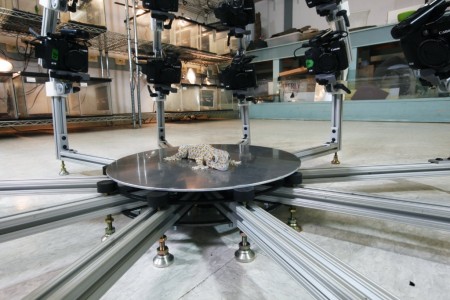 Digital Life Initiative Aims to 3D Model Every Animal on Earth
Digital Life Initiative Aims to 3D Model Every Animal on Earth
Its a mission of Noah-like proportions, but the Digital Life project at the University of Massachusetts Amherst is aiming to transform conservation projects by 3D modelling every living species on Earth, and sharing the data freely with scientists and researchers around the globe.
The project is making use of the Beastcam, a portable camera array developed by biologist Duncan Irshick that uses 30 cameras to create a high-resolution, full-colour 3D model of living organisms, as well as a handheld version for larger creatures that wont fit inside the camera array. The team has already captured a number of species using this method, including what is believed to be the first 3D model of a living shark.
Previously, cataloguing creatures in such detail often meant killing and preserving them for future study, but the team behind Digital Life hopes its technology will allow future conservationists to capture information on animals without the need for death or even captivity.







